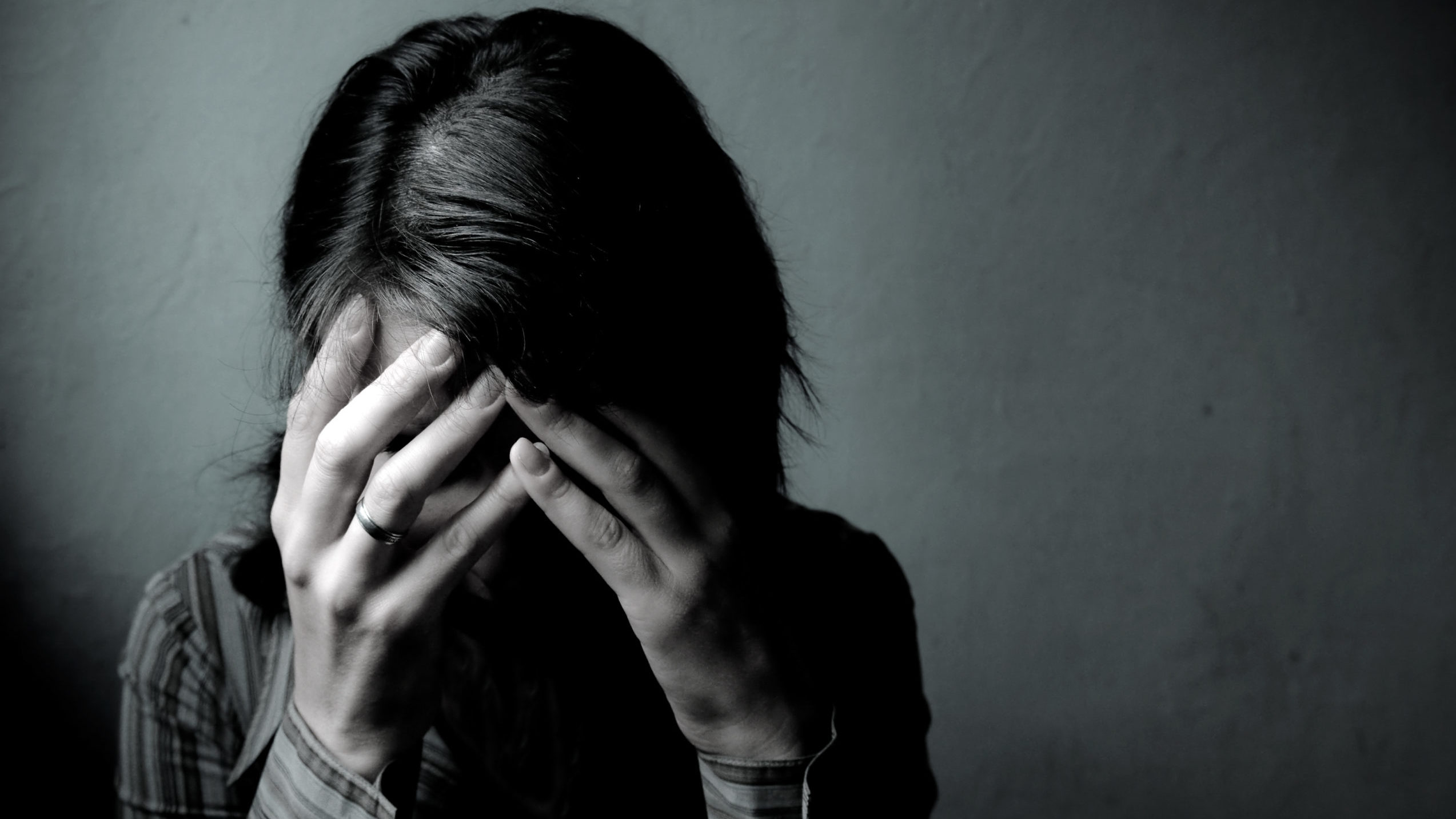In Utah, more women are likely to attempt suicide than men
Sep 7, 2022, 2:00 PM | Updated: Sep 9, 2022, 5:30 pm

New information from Utah State University finds while men more often commit suicide, women more often attempt it. (Utah State University Utah women & Leadership Project)
(Utah State University Utah women & Leadership Project)
SALT LAKE CITY — Behind the number of suicides in any given year is another number, the amount of times people attempted suicide and failed. And new research shows that, in Utah, while more men commit suicide, more women attempt it.
The research comes from a new report from the Utah Women and Leadership Project at Utah State University. It found that women between ages 10 and 24 were twice as likely to have an emergency room visit related to suicide than were men in the same age range. The specific numbers are 487.9 per 100,000 for women vs. 203.3 per 100,000 for men.
What’s behind the numbers
The authors point out that risk factors are complicated and can vary widely, but that some conclusions can be made about the populations most at risk. According to the CDC, men, Indigenous tribes/Alaska Natives, veterans, those living in rural areas, and LGBTQ+ adults and youth face disproportionately higher rates of suicide.
There are risk factors specific to Utah women These include domestic violence and dating issues, religious dissonance, opioid and substance use, and LGBTQ+ identities. Other reasons behind the disparity between women and men include:
- eating disorders,
- hormonal fluctuations,
- pregnancy, fetal loss, fertility challenges,
- mental health, and
- sexual abuse and childhood adversities.
Eating disorders: More women than men suffer from eating disorders. Anorexia and bulimia are both linked to increased risks of suicide attempts.
Hormonal fluctuations: Women are more susceptible to mental illness during times of hormone fluctuations, including puberty, pregnancy, menstrual cycle changes, and menopause.
Pregnancy, fetal loss, fertility changes: While pregnancy is linked to a protective effect against suicide, it can be reduced in pregnancies that end in stillbirth, miscarriage, or if the pregnancy is unwanted. And fetal loss can increase the risk of mental disorders and suicidal behavior in women.
Mental health: The study reports that serious mental illness rates are higher among women than men. These rates are associated with suicide.
Sexual abuse and childhood adversities: Childhood sexual abuse is more common in girls than in boys. This abuse increases vulnerability to future psychopathology and adverse life events associated with suicidal behavior. Nearly 13% of Utahns report being molested before the age of 18. The report says that girls make up a significant percentage of these victims.
Recommendations from the study authors
The USU authors recommend positive communication and more avenues for communication. These include teaching more coping skills and problem-solving strategies. They also include increasing gender-specific training for programs and resources that are already in place. Those programs include the Utah Suicide Prevention Coalition, the Live On Campaign, and other crisis helplines.
“Through promoting acceptance, respect, healing, and recovery, women in Utah most at risk for suicide can recover and live whole, healthy, productive lives,” said Susan Madsen, founding director of the UWLP and one of four report authors.
“We hope this report will help raise awareness of this serious issue and offer recommendations that can empower more Utah girls and women to live fulfilling and productive lives,” she said.
If you or anybody you know is in crisis
If you or anyone you know are struggling with thoughts of suicide, please call 988, the National Suicide and Crisis Lifeline.
1-800-273-TALK also routes to the National Suicide and Crisis Lifeline.
988 transfers callers with a Utah area code to the Utah Crisis Line. The crisis line also has a local number at 801-587-3000.













